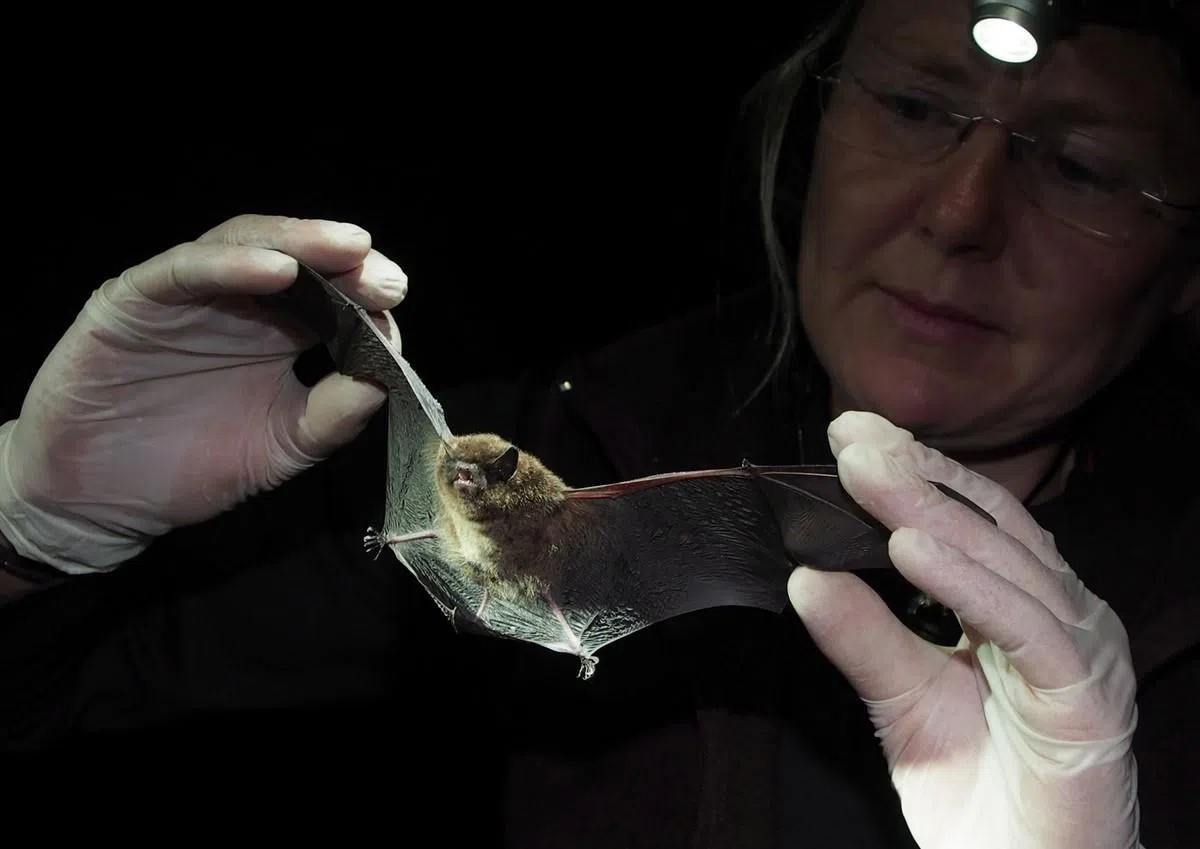
“Just like eating yogurt” – scientists hope to end epidemic in bats
Canadian scientists are racing to test a remedy that they hope will save bats from a deadly fungus that has already killed millions of the winged mammals across the continent.
“We are feeling a real sense of urgency because that fungus is within a couple hundred kilometres of Vancouver,” said Cori Lausen, a biologist with the Wildlife Conservation Society Canada. “It’s very likely that that disease will show up there this spring.”
White Nose Syndrome, already found in 31 states and five Canadian provinces, kills hibernating bats by forcing them to wake up and use energy grooming the fungus off their bodies.
“Bats only have so much stored fat,” said Lausen. “Many of them will die over the winter simply from starvation.”



